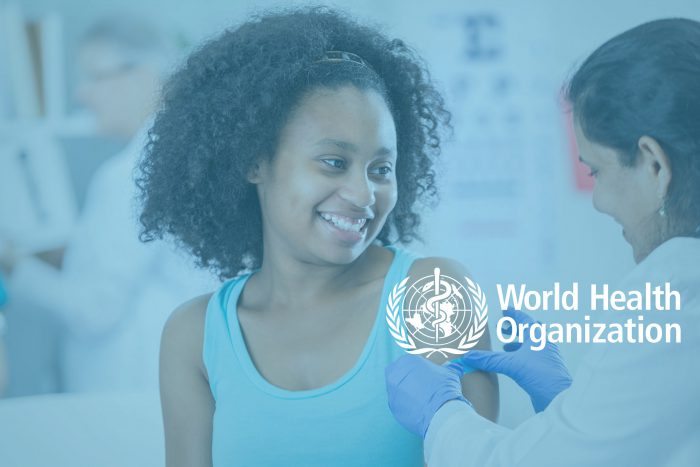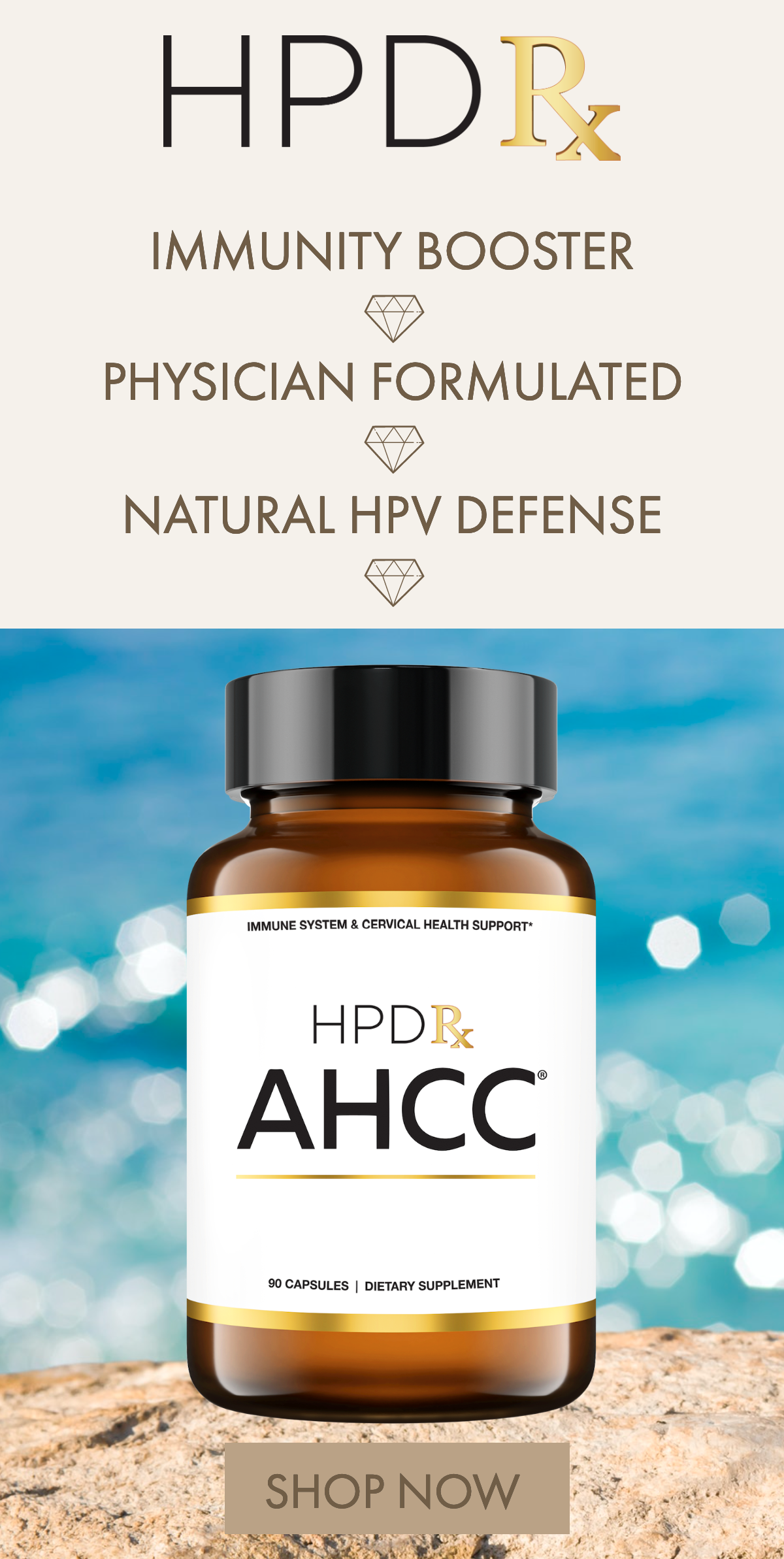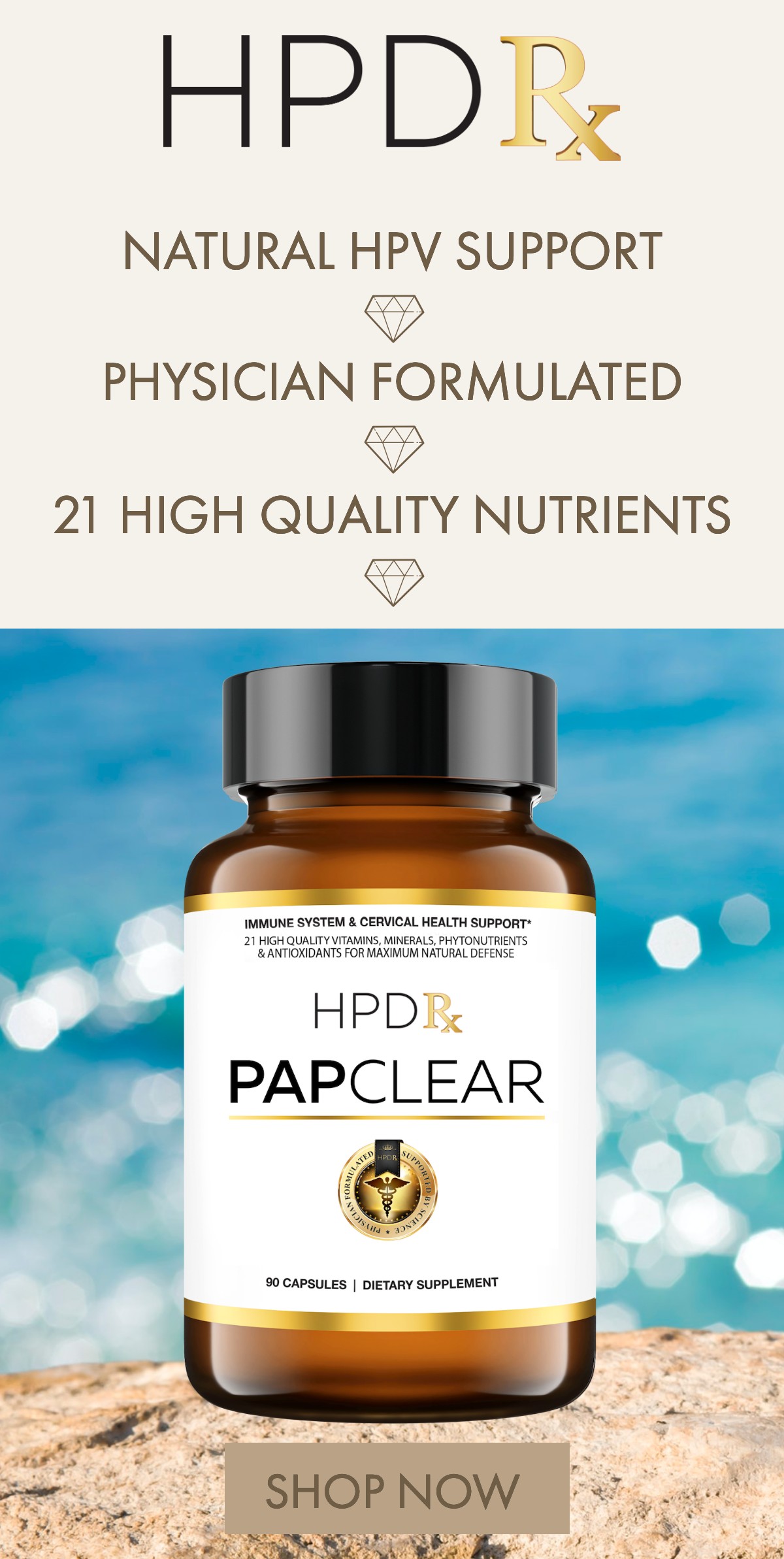
Last week, the World Health Organization (WHO) updated the recommendations for the human papillomavirus (HPV) vaccine. The most notable update is that a single dose can provide comparable efficacy and durability relative to the standard two-dose regimen. The new recommendation was announced by SAGE, which is an independent expert advisory group to WHO, back in April 2022.
These new updates will hopefully combat the significant decline in the rates of HPV vaccination. In fact, the coverage of the first dose of HPV dropped by 15–25% between 2019 and 2021. In raw numbers, this means that more than 3.5 million girls missed the first dose in this timeframe.
The new schedule will improve vaccine availability and provide more countries with HPV protection. It will also reduce the economic burden of completing the vaccination series. However, governments and healthcare institutions need to expedite the implementation of this update to strengthen their HPV vaccination program.
According to the new updates by WHO, the HPV vaccine should be taken as:
- Girls (9-14 years) – One or two doses
- Women (15-20 years) – One or two doses
- Women (older than 21 years) – Two doses separated by a 6-month interval
Once again, the paper released by WHO emphasizes the importance of vaccinating immunocompromised individuals. Patients with HIV are also a priority to vaccinate. However, unlike healthy individuals, immunocompromised patients need to get at least two doses.
As for the target of vaccination, girls aged 9-14 are a priority. When economically feasible, we should also vaccinate secondary targets, such as boys and older females.
All of these efforts are made to prevent cervical cancer, which is the fourth most common cancer in women. Up to 95% of cervical cancer is the result of HPV. Improving access to the HPV vaccine can lower the incidence of this cancer and prevent poor morbidity and mortality.








